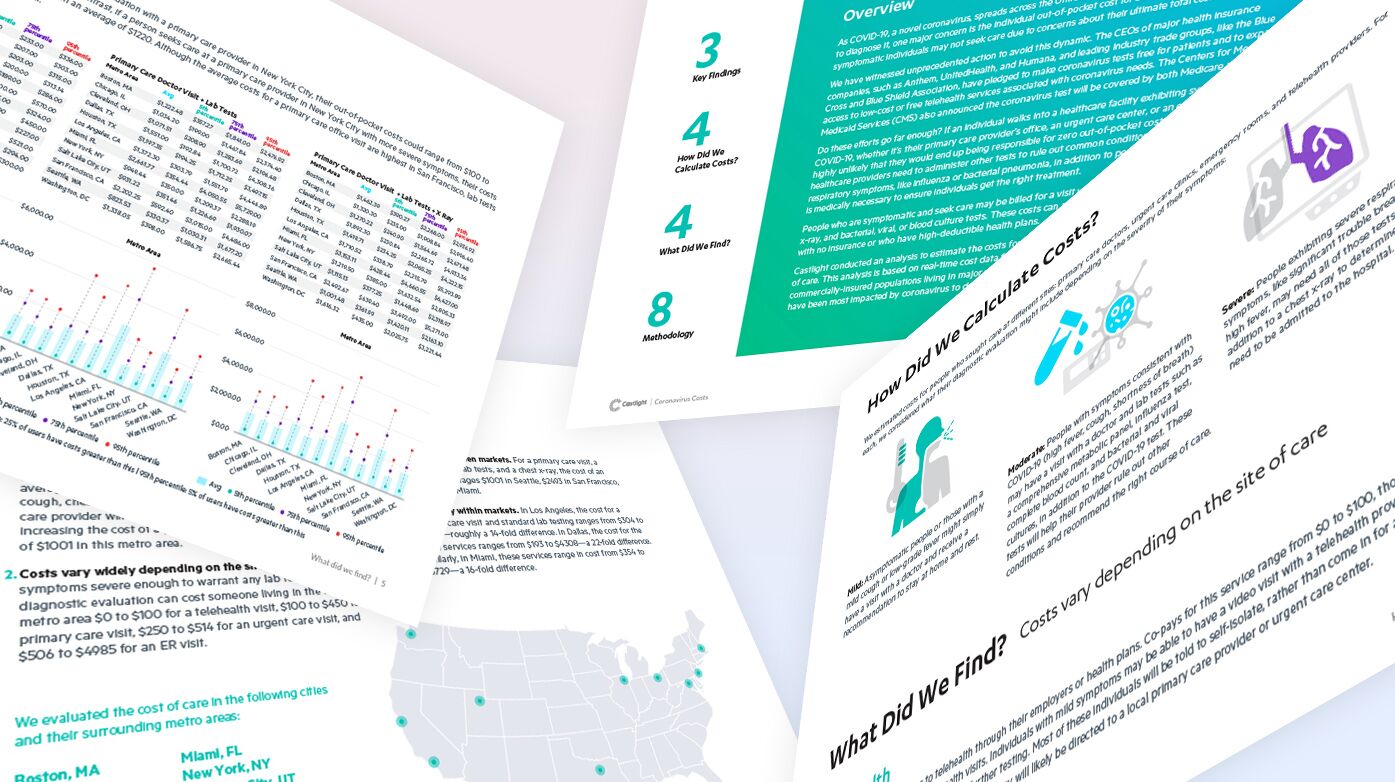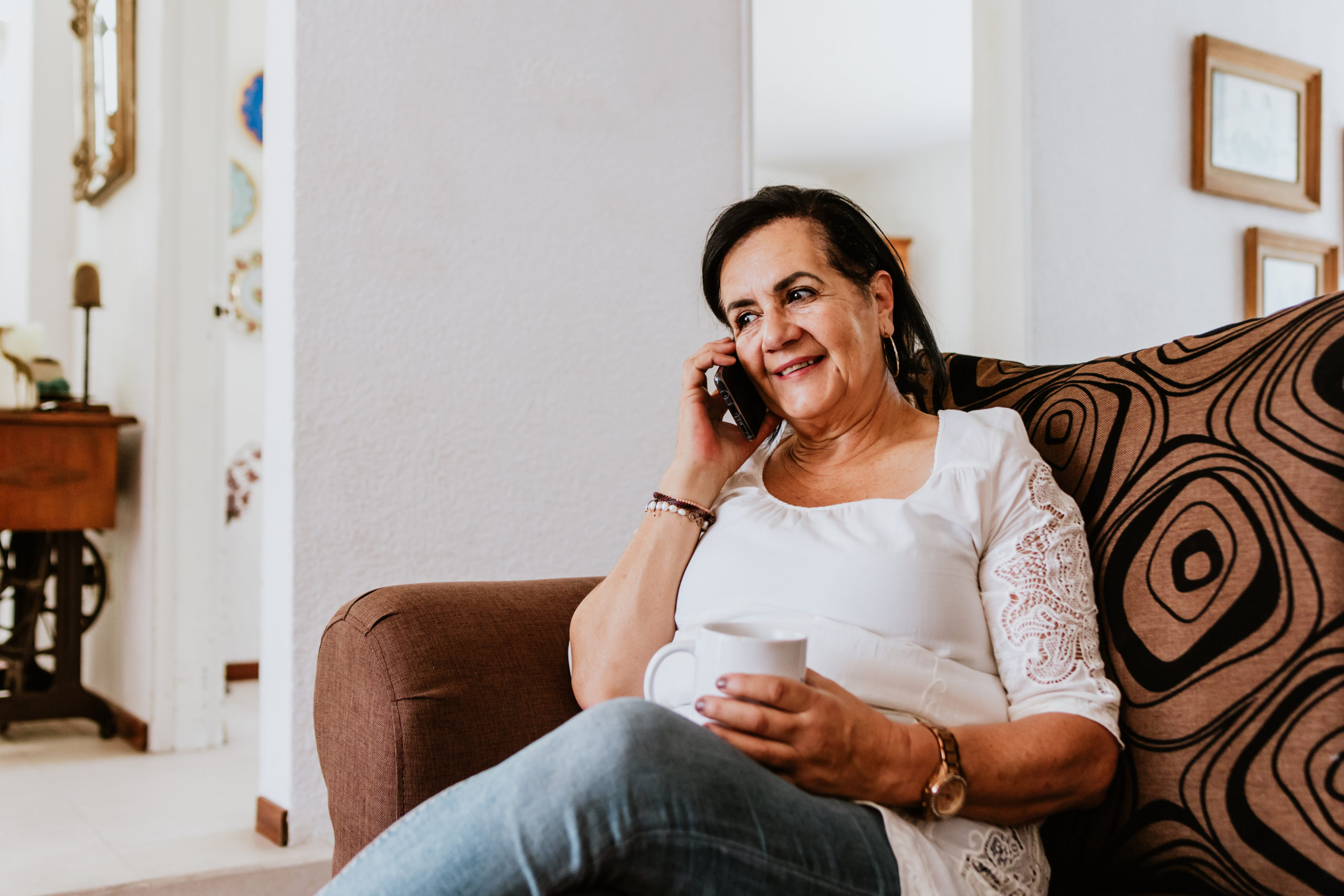As COVID-19, a novel coronavirus, spreads across the United States, families, communities, and individuals are facing increased anxiety about getting sick, living under strict social distancing policies, and managing the financial impacts of the crisis. If a person becomes ill and needs care, what will it cost them? How difficult will it be to afford care if they stop receiving a paycheck? What care options are available for their unique situation?
Addressing these cost concerns, The Families First Coronavirus Response Act requires private health insurance plans to waive the costs of the testing for COVID-19 and the visit to the doctor to receive those tests. The Centers for Medicare and Medicaid Services (CMS) also announced the coronavirus test will be covered by both Medicare and Medicaid. Many private insurance plans and telehealth companies have also pledged to provide virtual visits with doctors at no charge.
Yet beyond covering the test and the accompanying doctor visit for COVID-19, there remains uncertainty of what the true out-of-pocket costs will be for individuals who seek care. At this time, the need for health navigation and transparency has never been higher. If people can have a fuller picture of what care they will likely need, and how much it is expected to cost, they can better prepare for life during the pandemic spread, and ease some of these serious concerns.
Castlight has released a new COVID-19 Cost Analysis to help illuminate the approximate costs associated with seeking care for symptoms indicative of the virus. This data is derived from a subset of our 2.5 billion de-identified medical claims. Our analysis revealed four key conclusions:
1. Costs depend on severity of symptoms.
Someone with a mild fever and cough just hoping to evaluate whether their symptoms could be indicative of COVID-19 will likely receive different services than a person exhibiting high fever, chest pains, and shortness of breath.
For example, a patient in Seattle exhibiting a fever and a cough with no chest pain who goes to a primary care doctor for an evaluation can expect an average cost of $197. But if the symptoms include a high fever, cough, chest discomfort, and shortness of breath, the primary care provider will likely order lab tests and a chest x-ray, increasing the cost of a primary care evaluation to an average of $1001 in this metro area.
2. Costs vary widely depending on the site of care.
Where patients choose to receive care can drastically affect their overall total cost of care. For patients with mild or moderate symptoms, having a telehealth visit with a provider can help determine whether they should make the trip to a doctor’s office for additional testing. This can not only save those patients money, but can help lower overall risk of COVID-19 exposure by saving unnecessary trips to public settings.
Our cost analysis showed that someone living in the New York metro area with mild symptoms could expect costs of $0 to $100 for a telemedicine visit, $100 to $450 for a primary care visit, $250 to $514 for an urgent care visit, and $506 to $4985 for an ER visit.
3. Costs vary between markets.
Where someone lives, regardless of what kind of care they need, can impact how much they are likely to pay. Market variability exists across many common healthcare procedures, and that is no different when it comes to care associated with coronavirus.
For example, for a primary care visit, a standard set of lab tests, and a chest x-ray, the cost of an evaluation averages $1001 in Seattle, $2493 in San Francisco, and $3153 in Miami.
4. Costs vary within markets.
The need for truly personalized care navigation support becomes obvious when one looks at how much costs for these services can vary within a metro area.
Our analysis showed that in Los Angeles, the cost for a primary care visit and standard lab testing ranges from $304 to $4447—roughly a 14-fold difference.
If people are able to see the estimated costs for choosing certain providers before they seek care, they can choose the highest-quality option available at a price that is affordable given their individual insurance coverage, financial situation, and care needs. It will become all the more important to report provider availability as the system continues to be overwhelmed by the coronavirus outbreak, including many telehealth providers that are reporting backlogs as patients surge to virtual care options.
While this report focuses on affordability, Castlight’s navigation platform is equally focused on helping users find high-quality, appropriate care. In addition to guiding users to high-value care, Castlight can recommend and easily connect individuals with additional resources offered by their employer, including telehealth providers, nurse hotlines, EAP benefits, and a number of health solutions that can be used to manage the impact of the coronavirus on individuals.
By empowering people with up-front information before they seek care and recommending appropriate resources and information, we can help ease anxieties about the financial costs of care, and prepare our users to make better choices in the face of the pandemic.



